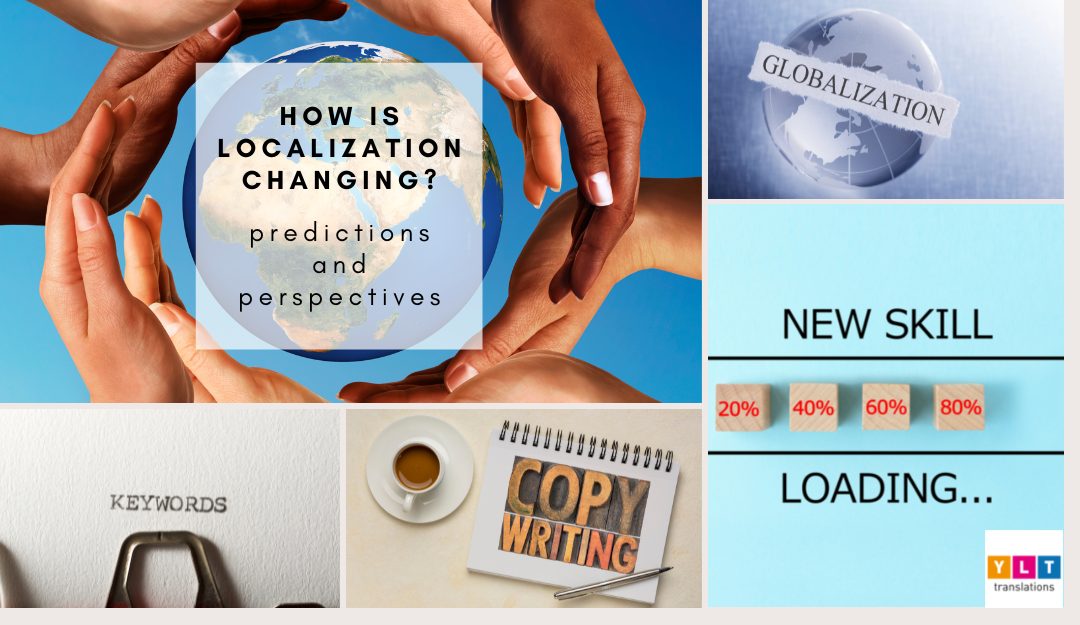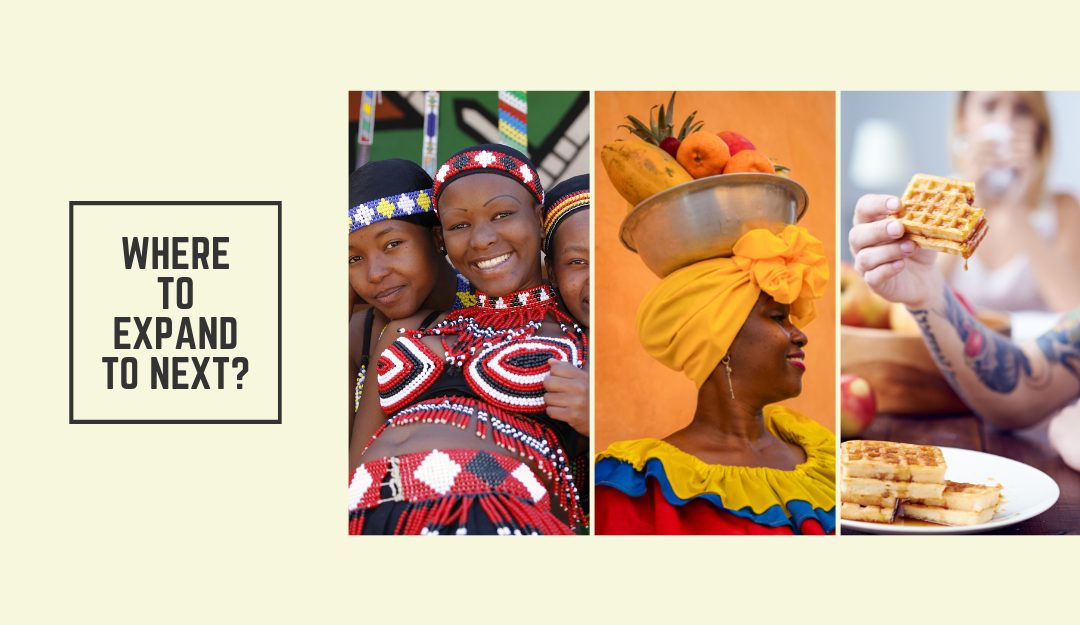Right now, the localization strategy of most e-Commerce sellers is simple:
- Expand your brand past a single marketplace (usually Amazon US, UK, Canada, or Australia) to another marketplace where English is not the predominant language, like Spain, France, Italy, Germany, or Amazon marketplaces in Asia;
- Have a translator translate the original copywriting into the new language;
- Launch your new listing
Granted, this is an oversimplification of the process, but that’s more or less what Amazon sellers do when they decide to go international.
There are several flaws with this process:
- Translations and localization are two different things. Just because you translate your original listing doesn’t mean the conversions will roll in. In fact, if your listing isn’t localized properly, you could even lose customers.
- It doesn’t consider the future and what localization in business and e-Commerce will look like in the next 5-7 years.
In today’s blog, Jana gives us a sneak peek into the Amazon localization world, and identifies opportunities for astute eCommerce sellers in the near future.
Keywords
At YLT Translations, we don’t translate keywords. We generate new research per market. That’s because products are called by different names across the globe. Diapers in the USA are recognized as nappies in the UK. If these minute changes occur within a single language (English), what more so when you transpose text from English to Spanish, Korean, Japanese, French, and so forth?
Nevertheless, the landscape is forever changing. Players like Data Dive and Helium 10 disrupt the industry, so it’s hard to predict how keyword research will morph over the next few years. “We’re going to get better and better at developing keyword tools,” Jana anticipates. “Which keywords will stay relevant? Also, it depends on changes within Amazon.”
As teams of engineers work hard to keep the Amazon algorithm updated, it’s crucial for any seller to keep on their toes. The good news is, new tools appear on the horizon to help. It’s becoming a viable skill set – advanced development and tech skills, and up-to-date news on how Amazon works. The combination results in better and better tools with more possibilities to help sellers improve rank, conversion, and engagement across multiple platforms.
Copywriting
One would (erroneously) assume that the shift to a global selling space would need a more neutral copywriting voice, that would appeal to every culture. On the other hand, localization is becoming more crucial as the years go by. People will go more local with their translations and expression, making sure that native speakers adapt the source material, so the target culture will feel that relationship with the brand.
“Marketing will adopt localization as well,” Jana predicts. The customer journey changes pretty quickly. It’s up to the seller to keep providing value in the face of abrupt changes. Eventually, customer experience and localization will become so intertwined. After all, a good localizer understands the customer like they were a loved one or a family member. Is there anyone else more qualified to nurture the buyer journey and encourage conversions?
Copywriting, marketing, and localization. There will come a day when all three will be intertwined – maybe even inseparable.
Global Expansion
Many starting sellers are intimidated by the prospect of global expansion. It makes sense to be intimidated. Many sellers expand to new cultures where they don’t speak the language. It’s easy enough to hire a local VA in that new culture to handle customer service and other local issues, but what about the marketing and the listing optimization? How will they even know if the writing is on-point?
Here’s the thing. Global expansion will soon be a prerequisite for every savvy business owner determined to make it big in Amazon. There will soon come a time when selling on a single marketplace just won’t be enough anymore. Everyone will expand — “literally everyone,” Jana intones.
Sellers are likely going to expand to one of two marketplaces first.
- A robust marketplace where the target market already speaks English
- Very developed countries where they lack products and marketplaces
Let’s tie this in with Amazon’s expansion plans…
Amazon has its eyes set on Nigeria and the South African Republic. How fascinating it will be to localize listings so they appeal to the African people, whose tastes in products are governed by a rich manufacturing sector, filled with artisanal handcrafted goods. Furthermore, while SAR covers 11 languages across its region, considers English its language of administration. English is spoken widely across SAR. However, considering British English, Australian English, Canadian English, and American English have different nuances, it’s more than likely that SAR English will have its own localized flavor, as well.
Where else should the astute seller look?
Jana drops a few secrets…
Brands are likely to expand to South America. Colombia and Chile have healthy marketplaces, and a quickly-developing local culture.
Jana also has her sights on Belgium. Although the marketplace is small, it seems the country has potential. It’s definitely worth keeping an eye on this unique country.
Translators Will Be Forced to Improve Their Skills
With all of these developments, it’s not enough for translators to stay translators anymore. “They will need to be a copywriter too,” Jana believes. “When you transfer a source text to a target text, you don’t use a lot of creativity. Just use the words, that’s it. Copywriting is different.”
Being able to translate text is a skill – but it might become redundant, or altogether obsolete with the improvement in machine translations, as the years go by. Any astute translator would develop copywriting skills as well, to marry the technical with the creative. “It’s an amazing skill to have,” Jana shares. “Lots of product listings would benefit from (that combination) in different marketplaces.”
Can You Keep Up With These Changes?
Many entrepreneurs get into the Amazon space precisely because the landscape is always changing. It sure beats a monotonous 9-to-5. It would be helpful if we were informed well before the changes took place, but we all know that expecting this is a pipe dream!
The best we can do is anticipate the upcoming changes, and stay ahead of the curve, by adapting best practices as early as possible. That way, our Amazon businesses have the space to grow and scale, while remaining profitable and relevant to each marketplace we enter.
Which marketplace are you most interested in? Nigeria, South African Republic, Colombia, Chile, or Belgium? We’d be happy to hear from you!

